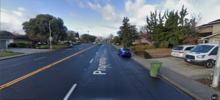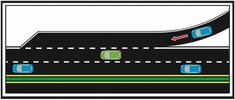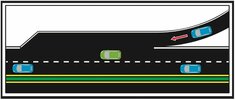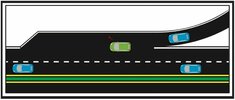On a street like this below for example, if you're traveling in the right lane, FSD Beta will follow the RED path and cause the car weave in and out of the parked cars on the right. This has been an issue since 10.2, and from what I recall, is NOT an issue when using old AP autosteer on city streets.
Many times it's hard to generalize a situation, but Is there any instance where hugging the left line would not be desired(i.e. following GREEN path)? Im just wondering why this continues to be an issue. Seems like an easy enough fix. Most city streets in Bay Area suburbs are like this, without clear lines or bike lanes on the right side.

Many times it's hard to generalize a situation, but Is there any instance where hugging the left line would not be desired(i.e. following GREEN path)? Im just wondering why this continues to be an issue. Seems like an easy enough fix. Most city streets in Bay Area suburbs are like this, without clear lines or bike lanes on the right side.
Attachments
Last edited:






